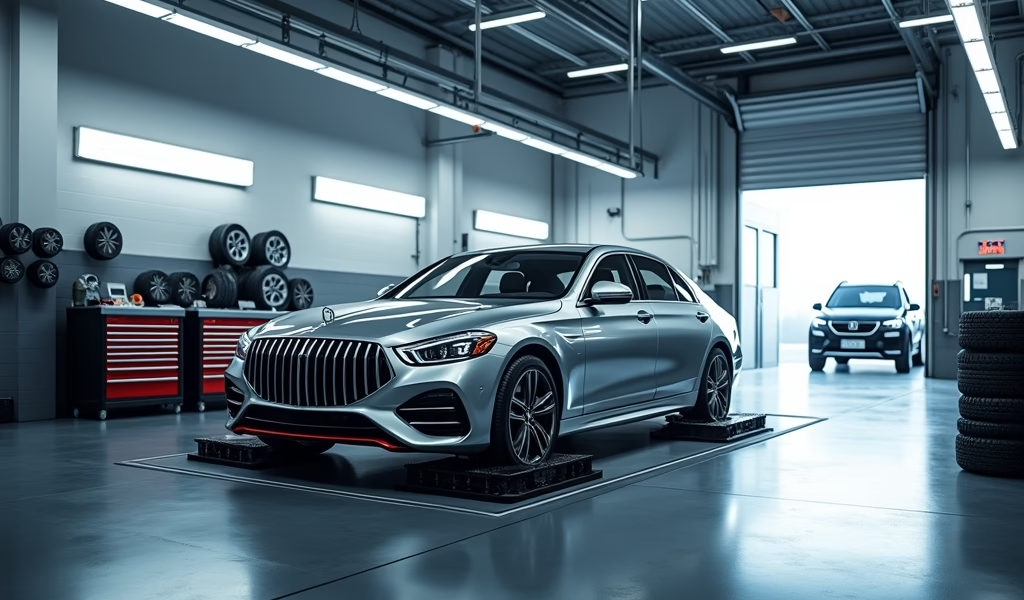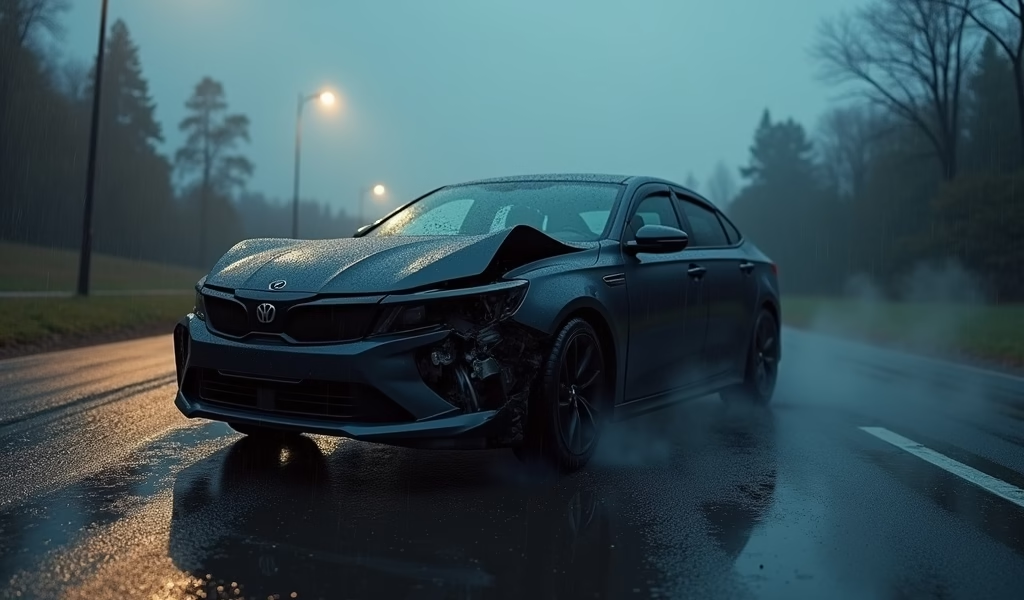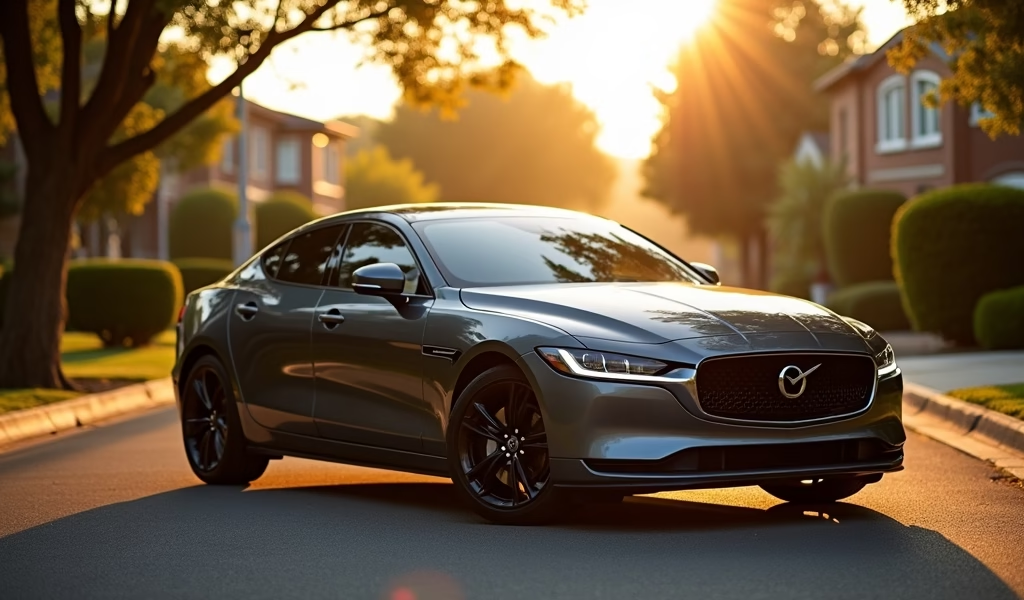Overview
This article provides a detailed guide to car insurance, explaining that “full coverage” combines liability, collision, and other protections while advising readers to match coverage to their specific needs based on vehicle value, financing status, and driving environment. It offers practical strategies for finding the best insurance rates through comparison shopping, bundling policies, and uncovering discounts, while warning against common pitfalls like underinsurance and recommending regular policy reviews to maintain appropriate protection.
Table of Contents
- Understanding Full Coverage Car Insurance
- Do You Actually Need Full Coverage?
- Finding the Best Rates: Smart Shopping Strategies
- Coverage Levels: What’s Right for You?
- Choosing the Right Insurance Company
- Common Insurance Pitfalls to Avoid
- When to Review Your Coverage
- Conclusion: Protection That Makes Sense
- Frequently Asked Questions
Understanding Full Coverage Car Insurance
Looking for the best full coverage car insurance can feel like trying to diagnose an engine problem without a code reader. As someone who’s spent 25 years under the hood and just as many navigating the world of auto insurance, I’m here to help you cut through the jargon.
First things first: “full coverage” isn’t actually an official insurance term. It’s shorthand for a package that typically combines liability, collision, and comprehensive coverage. Think of liability as protection for others, collision as protection for your car in accidents, and comprehensive as protection against everything else—theft, falling trees, or that deer that decided your hood was a landing pad.
But here’s what many drivers miss: full coverage has gaps. It doesn’t automatically include roadside assistance, rental car coverage, or gap insurance. These require additional riders—like adding performance parts to a stock vehicle.
Have you ever wondered why your “fully covered” friend still had to pay out of pocket after their accident? Those coverage limits and deductibles play a crucial role in what actually gets paid when trouble hits.
Do You Actually Need Full Coverage?

Just like not every car needs premium fuel, not every vehicle demands full coverage. Let’s break down when it makes sense:
Vehicle Value and Age
That 12-year-old sedan with 180,000 miles? Probably not worth full coverage. Here’s my rule of thumb from the garage: if your annual premium exceeds 10% of your car’s value, you might be over-insuring.
A $2,000 car with a $500 collision deductible that costs $300 yearly for collision coverage? That math doesn’t add up. You’d be better off saving that premium for your next vehicle.
Financing Status
If you’re still making payments, this decision is already made. Lenders require full coverage to protect their investment. It’s like how manufacturers require specific maintenance to maintain your warranty.
Once you’ve paid off that loan, though, you’ve earned the right to reassess your coverage needs based on the vehicle’s current value.
Your Driving Environment
Live in an area with high theft rates? Park on busy city streets? Drive through hail-prone regions? These risk factors should weigh heavily in your decision.
I’ve seen too many customers try to save a few bucks only to face thousands in uncovered repairs later. Your personal risk profile matters just as much as your vehicle’s specs.
Finding the Best Rates: Smart Shopping Strategies
Shopping for insurance should be approached like diagnosing a tough mechanical problem—systematically and with the right tools.
Comparison Shopping Works
Would you replace your transmission at the first shop you call? Of course not. The same applies to insurance. Get at least three quotes with identical coverage levels.
Online comparison tools make this easier than ever, but don’t neglect talking to an actual agent. Sometimes they’ll spot discounts that automated systems miss—like a master mechanic catching something a basic scan tool overlooks.
Bundle for Better Deals
Combining auto insurance with homeowners or renters policies typically saves 5-25%. Insurance companies value loyalty like we value repeat customers—they’ll offer better deals to keep your business.
Just make sure the bundle truly saves money. I’ve seen customers loyal to the wrong shop pay more for years without realizing it.
Uncover Hidden Discounts
Insurance companies offer more discounts than most drivers realize:
- Good driver discounts (3-5 years accident-free)
- Low mileage discounts (usually under 7,500-10,000 miles annually)
- Professional organization memberships
- Automatic payment enrollment
- Defensive driving course completion
- Vehicle safety features
A 15-minute phone call with your agent could save you hundreds—it’s the insurance equivalent of a free diagnostic scan.
Coverage Levels: What’s Right for You?
Setting coverage levels is like tuning your engine—too little and you’re underpowered; too much might be wasteful.
Beyond Minimum Requirements
State minimums are just that—absolute minimums. In many states, that’s as low as $25,000 for bodily injury and $10,000 for property damage. One serious accident can blow past these limits faster than a sports car passes a school bus.
For meaningful protection, experts recommend at least 100/300/100 coverage ($100,000 per person, $300,000 per accident for bodily injury, $100,000 for property damage).
Deductible Strategy
Your deductible works inversely with your premium—higher deductibles mean lower premiums, but more out-of-pocket cost when filing a claim.
Ask yourself: Could I comfortably pay a $1,000 deductible tomorrow if needed? If not, that lower premium might be false economy—like skipping oil changes to save money.
Valuable Add-Ons Worth Considering
Certain supplemental coverages deliver exceptional value in specific situations:
- Gap insurance: Essential if your loan balance exceeds your car’s value
- Rental reimbursement: Valuable if you lack alternative transportation
- Roadside assistance: Peace of mind for breakdowns
- Uninsured motorist coverage: Protection against the roughly 13% of drivers without insurance
Choosing the Right Insurance Company

The cheapest insurance can become very expensive if the company disappears when you need them. What should you look for beyond price?
Financial Stability
Insurance is a promise to pay later. Check financial strength ratings from agencies like A.M. Best or Standard & Poor’s—think of it as checking a shop’s certification before major repairs.
A company rated below A- might offer tempting rates, but can they weather a major disaster that affects thousands of policyholders simultaneously?
Claims Handling Reputation
When you’re standing beside your crumpled vehicle, efficiency and empathy become priceless. Research specifically for claims satisfaction, not just general customer service.
J.D. Power’s auto claims satisfaction studies and consumer review sites offer valuable insights into the real-world experience of working with an insurer when it matters most.
Technology and Accessibility
In today’s connected world, the ability to file claims, update policies, and access insurance cards digitally isn’t just nice—it’s necessary. Look for companies offering user-friendly apps and 24/7 customer service.
Just like modern vehicles need technicians comfortable with both wrenches and laptops, your insurance company should blend traditional service with current technology.
Common Insurance Pitfalls to Avoid
Even careful drivers can crash when it comes to insurance decisions. Here’s what to watch for:
The Underinsurance Trap
Saving $10 monthly by choosing lower liability limits might cost you tens of thousands after a serious accident. Insurance is about worst-case scenarios, not just minor fender benders.
I’ve seen customers skimp on coverage only to face financial disaster when their $25,000 policy couldn’t cover the $80,000 damage they caused. Don’t be penny-wise but pound-foolish.
Neglecting Policy Details
Those dense pages of policy information matter. Understanding exclusions before an incident can prevent devastating surprises.
Take 30 minutes to read your policy or have your agent explain key provisions. It’s like reviewing your vehicle warranty terms—boring but potentially vital.
Blind Loyalty
Been with the same insurer for years? Without periodic comparison shopping, you might be paying a “loyalty tax” rather than receiving a loyalty discount.
Insurance pricing models count on customer inertia. A quick annual quote comparison keeps your current insurer honest and might save hundreds yearly.
When to Review Your Coverage
Insurance isn’t a set-it-and-forget-it product. Certain events should trigger an immediate review:
- Adding a teen driver to your household
- Moving to a new zip code
- Purchasing a new or different vehicle
- Major commute changes
- Life events like marriage, divorce, or retirement
Even without these changes, an annual review ensures you’re not over-insuring a depreciating asset or under-insuring your current needs. Think of it as preventative maintenance for your financial protection.
Conclusion: Protection That Makes Sense
Finding the best full coverage car insurance requires balancing comprehensive protection with affordability. The “best” policy isn’t necessarily the cheapest—it’s the one that provides appropriate protection for your specific situation at a reasonable price.
Just as a good mechanic doesn’t sell you services you don’t need but insists on what’s genuinely important, your approach to insurance should be practical, informed, and tailored to your situation.
Take time today to evaluate whether your current coverage truly meets your needs. Use this guide as your roadmap to finding protection that gives you confidence every time you turn the ignition.
The road ahead may be unpredictable, but with the right insurance coverage, you can drive forward knowing you’re prepared for whatever lies around the next bend—from minor fender benders to major collisions.
Frequently Asked Questions
What exactly does “full coverage” car insurance include?
Full coverage typically includes liability, collision, and comprehensive coverage bundled together. It protects your vehicle against accidents, theft, vandalism, and weather damage, along with covering damage you might cause to others.
How much does full coverage car insurance cost on average?
The national average for full coverage is about $1,700 annually, but rates vary widely based on location, driving record, and vehicle type. Your personal rate could be significantly higher or lower depending on these factors.
Is full coverage worth it for older vehicles?
Generally, full coverage becomes less cost-effective as your vehicle ages and depreciates. If your annual premium exceeds 10% of your car’s value, you might consider dropping collision and comprehensive coverage.
Can I customize my full coverage policy?
Absolutely—full coverage policies can be tailored with different deductibles, coverage limits, and add-ons. Work with your agent to customize a policy that meets your specific needs and budget.
How often should I shop around for better insurance rates?
Compare rates at least once yearly and after any major life change or vehicle purchase. Insurance companies constantly adjust their pricing models, and a company that wasn’t competitive last year might offer the best deal today.

